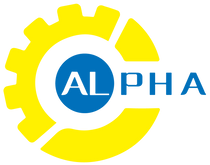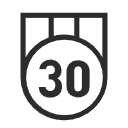Products
Alpha CNC
Alpha CNC is a leading Australian supplier specializing in advanced laser cutting and precision metalworking machinery. With a strong commitment to innovation, quality, and reliability, we provide state-of-the-art automation and fabrication solutions designed to empower manufacturers across a wide range of industries — from automotive and aerospace to construction, signage, and metal fabrication.
ABOUT US
30+ years
More than 30 years sheetmetal machinery experience
100+ employees
highly motivated employees all over the world contribute to the success and the rapid growth
4 locations
The best trained experts in Oceania and Asia guarantee the professional support and services for our customers
Customer Feedback

Alpha CNC Australia
Founded with the vision of bringing world-class CNC and laser technology to Australian manufacturing buisness, Alpha CNC has grown into a trusted name synonymous with engineering excellence and technological innovation. Our mission is to help our customers achieve maximum productivity, accuracy, and cost efficiency through cutting-edge equipment and personalized technical support.
Why Choose Alpha CNC
Precision & Performance: Every machine is built with cutting-edge technology to ensure stable, efficient, and accurate operation.
Comprehensive Support: From installation and training to after-sales service and spare parts, we provide full technical assistance to keep your production running smoothly.
Customization & Innovation: We understand that every business is unique — our engineering team offers tailored solutions to match your specific manufacturing needs.
Trusted by Industry Leaders: Our machines are used by top manufacturers who demand reliability, speed, and quality in their operations.

LATEST FROM BLOG
The freshest and most exciting news













